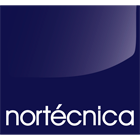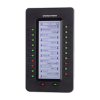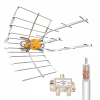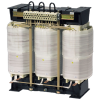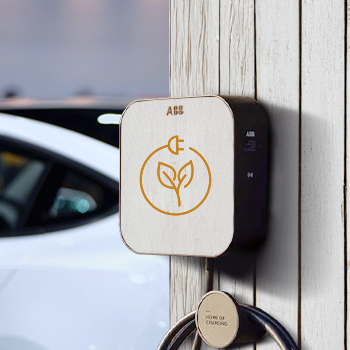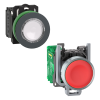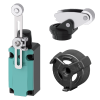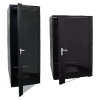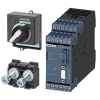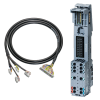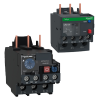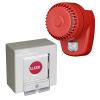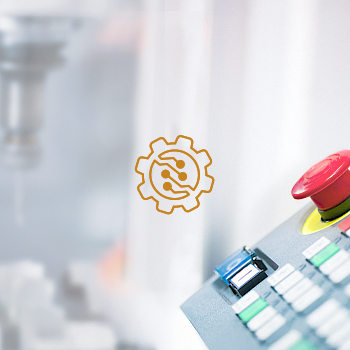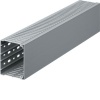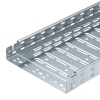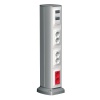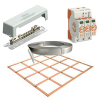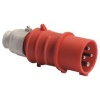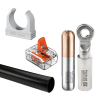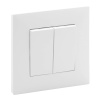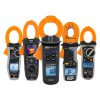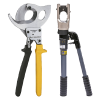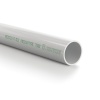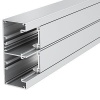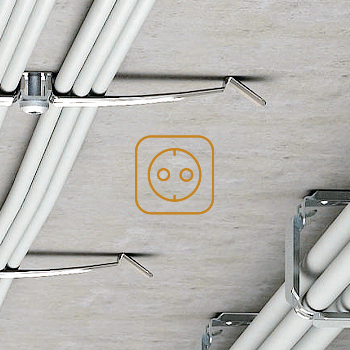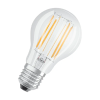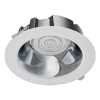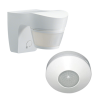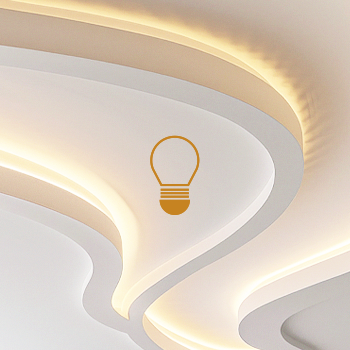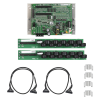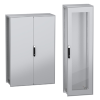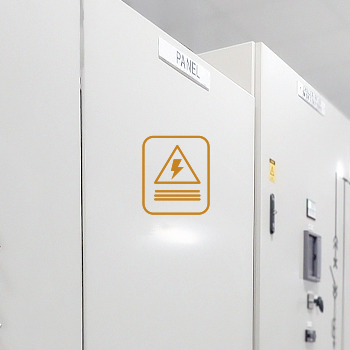FAQ – Frequently Asked Questions About Colour Temperature: Solutions for Every Type of Project
Colour temperature is one of the most important factors when choosing a lighting solution. It’s not always the first aspect considered, but it plays a decisive role in visual comfort, spatial perception, and even productivity. For professionals who work daily with electrical installations, understanding this concept is essential to ensure consistent results and satisfied clients.
06 October 2025

1. What is colour temperature?
Colour temperature, measured in Kelvin (K), indicates the tone of light emitted by a luminaire.
Colour temperature, measured in Kelvin (K), indicates the tone of light emitted by a luminaire.
- Warm light (2700–3300 K): yellowish tone, creates cosy and welcoming environments.
- Neutral light (3500–4000 K): close to natural daylight, balanced and versatile.
- Cool light (5000–6500 K): bluish tone, ideal for technical or industrial spaces.
2. Why is it important to choose the right colour temperature?
Colour temperature affects not only visibility but also:
Colour temperature affects not only visibility but also:
- Visual comfort
- Colour perception
- Productivity and focus in work environments
3. What is the recommended colour temperature for each type of application?
| Type of Space | Recommended Colour Temperature | Notes |
|---|---|---|
| Homes (living rooms, bedrooms) | 2700–3000 K | Relaxing and comfortable ambience |
| Kitchens and bathrooms | 3000–4000 K | Balanced light, practical for visual tasks |
| Offices and schools | 4000 K | Enhances focus and concentration |
| Shops and retail spaces | 3500–4500 K | Highlights colours and products |
| Workshops and warehouses | 5000–6500 K | Maximum visibility and detail |
| Hospitals and laboratories | 5000–6500 K | Clean and precise light, ideal for technical and analytical environments |
4. How to ensure light uniformity and quality?
- Check the CRI (Colour Rendering Index): the closer to 100, the more accurate the colour reproduction.
- Choose products with SDCM ≤ 3: prevents visible colour differences between luminaires.
- Consider adjustable CCT luminaires: allows you to adapt the light according to the space’s needs.
- Measure actual illuminance (lux): ensures compliance with standards such as EN 12464-1.
5. What is a lighting study and why is it important?
A lighting study is a detailed analysis of how light behaves within a space. It includes:
Advantages of a lighting study:
A lighting study is a detailed analysis of how light behaves within a space. It includes:
- Measuring the required illuminance (lux) for each area
- Determining the position and quantity of luminaires
- Selecting the most suitable colour temperature and light intensity
- Ensuring light uniformity and compliance with standards
Advantages of a lighting study:
- Prevents under- or over-illumination
- Maximises energy efficiency
- Improves visual comfort and safety
- Justifies technical choices to the client
- Reduces rework and post-installation costs
6. How can I get technical support to define the right lighting for my project?
Each lighting project has specific characteristics and requires detailed analysis to ensure comfort, efficiency, and regulatory compliance.
Our team can carry out complete lighting studies, helping you to:
Each lighting project has specific characteristics and requires detailed analysis to ensure comfort, efficiency, and regulatory compliance.
Our team can carry out complete lighting studies, helping you to:
- Define the ideal colour temperature
- Choose the right luminaires and positioning
- Ensure comfort, efficiency, and technical compliance
7. Conclusion
Choosing the correct colour temperature is crucial for any lighting project. With the right approach, you can improve comfort, visibility, and aesthetics while meeting all legal and technical requirements.
Choosing the correct colour temperature is crucial for any lighting project. With the right approach, you can improve comfort, visibility, and aesthetics while meeting all legal and technical requirements.
Need support with a lighting project?
Contact us for a lighting study or personalised technical advice.
Contact us for a lighting study or personalised technical advice.
